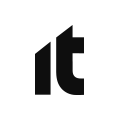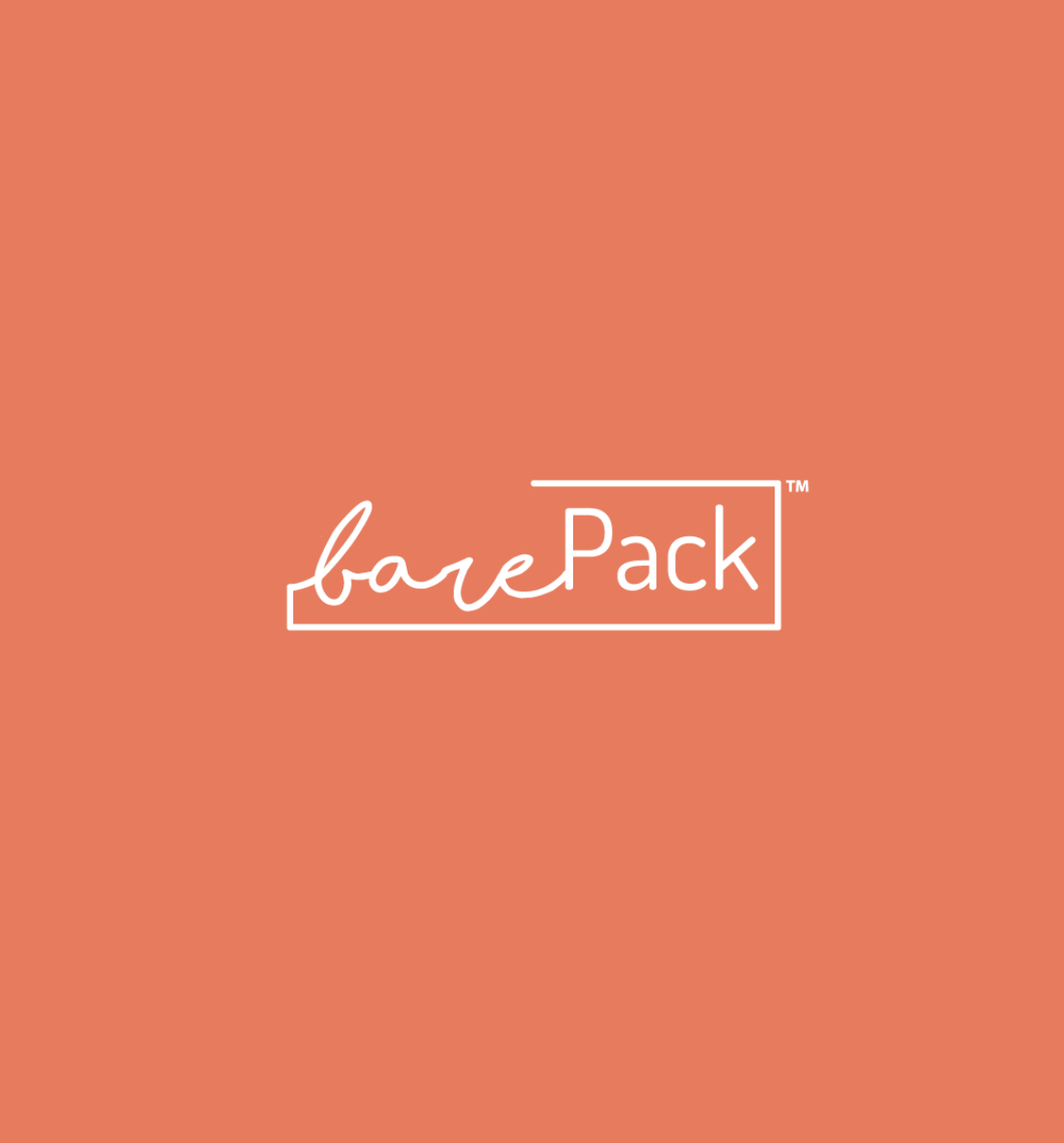10 tech and startup companies hiring actively in Asia this week
Each week, Tech in Asia Jobs brings you some of the most popular jobs around Asia. Here, we round up 10 companies that are actively hiring across various regions and job functions on Tech in Asia Jobs. If you see a company or job role you’re interested in, be sure to click in and find out more about what it’s like to be working with them!
If you’re hiring, you can post your jobs for free here.
1
We provide solutions on the digital marketing and IT side. With state of the art technology to provide new ease and breakthrough.
2
Kurio is a content aggregator that uses machine learning to provide users a new way to discover, explore, and consume information from all over the world.
3
Agate Studio is a game developer based in Bandung, Indonesia that focuses on entertainment games and serious games. We aim for our crews to reach their fullest potential without ignoring their feedback for improvements. We'll make sure that your talent won't go to waste, and perhaps even help you learn talents you may never even realize you had.
4
Snaphunt is a specialist recruiting platform that takes the pain out of hiring and job searching. We help people find jobs they love and companies hire employees who stay longer. Looking for a new role? Submit your CV on https://snaphunt.com Now live in Singapore, Indonesia, Malaysia, India, Hong Kong, Philippines, Vietnam, Thailand, Bangladesh & Sri Lanka.
5
Headquartered in Singapore, ASPIRE is a technology organization that serves small businesses with convenient & inclusive financial services across SEA. We built Aspire from the ground with one thing in mind- serve small business owners with speed and simplicity. Aspire is backed by Y-Combinator - #1 startup incubator in the world - and has raised to date USD 41.5M by some of the world best VCs
6
AiChat is South East Asia fastest growing Conversational AI company, providing chatbot-as-a-service platform for companies to manage chatbots on popular messaging apps for customer service, ecommerce, marketing, CRM & data analytics.
7
theAsianparent is a reproductive health-tech company that reaches out to 30 million mothers every month through our parenting website and app. Our vision is to improve the overall health of pregnant women and families in South East Asia by helping them navigate their most important moments with data-driven solutions in the form of content, community and physical products.
8
Ematic Solutions helps brands turn their email channel into an ROI machine - with AI.
9
We love helping companies to design, build, launch, and maintain bespoke web&mobile digital products. CreITive is a global technology partner for companies needing rapid innovation to differentiate from their competition. We combine our tech background with creativity to tailor smart web and mobile solutions that solve real life problems.
10
barePack is developing a reusable container lending service to help busy foodies who are looking for convenient alternatives to single-use plastics with an app enabled lending platform.
This listicle is brought to you by the Tech in Asia Jobs team. Don’t see a job you’re interested in? Search for 4,000+ more jobs here. Or if you’re hiring, you can post a job for free here.
Source: techinasia.com















